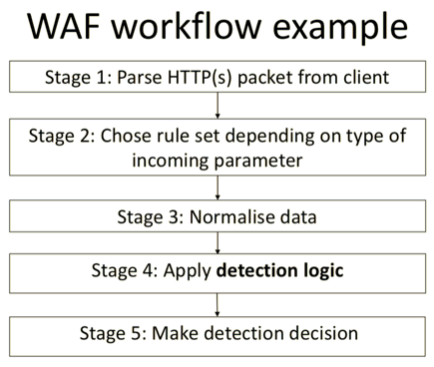The explosion of open source and issues related to it
The amount of open source or other third party code used in a software project is estimated as 60-90% of a codebase. Components, such as libraries, frameworks, and other software modules, almost always run with full privileges. If a vulnerable component is exploited, such an attack can facilitate serious data loss or server takeover. Applications using components with known vulnerabilities may undermine application defences and enable a range of possible attacks and impacts.

Conclusion: even if you perform constant security code reviews, you still might be vulnerable because of third-party components.
Some have tried to do this manually, but the sheer amount of work and data is growing and is time consuming, difficult, and error prone to manage. It would require several full time employees and skilled security analysts to constantly monitor all sources to stay on top.


